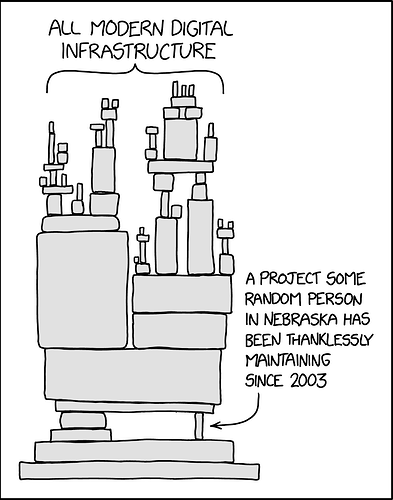Xojo’s transition from Web1 to Web2 with no IDE support for Web1 on more recent releases and the lack of bug fixes for the last revision that fully supports Web1 created a huge problem for developers maintaining an existing code base of Web1 software.
It appears that Xojo is unable to maintain Web1 coexisting with Web2 in the same code base.
Adoption to new versions of the host OS doesn’t happen and critical bug fixes are not applied. I observed a similar policy at FileMaker, where fixes are only applied to the new next shiny version but never to existing version, still in use with enterprise customers.
Microsoft, Apple provide critical bug fixes for OS version 2 major release numbers in the past (means 6 years and older). Vendors of Linux distros, databases, IDEs and many other tools provide LTS versions in lifecycles more in sync with industry needs.
Conclusion: Many vendors can and do provide long term support for their products while others don’t, be it because they technically can’t do or for commercial policy reasons.
How should a code base be structured and organised for development of the next version and maintenance of existing (LTS) versions?
What are the skills a team needs and what are the tools required for implementation and execution of an LTS policy?
